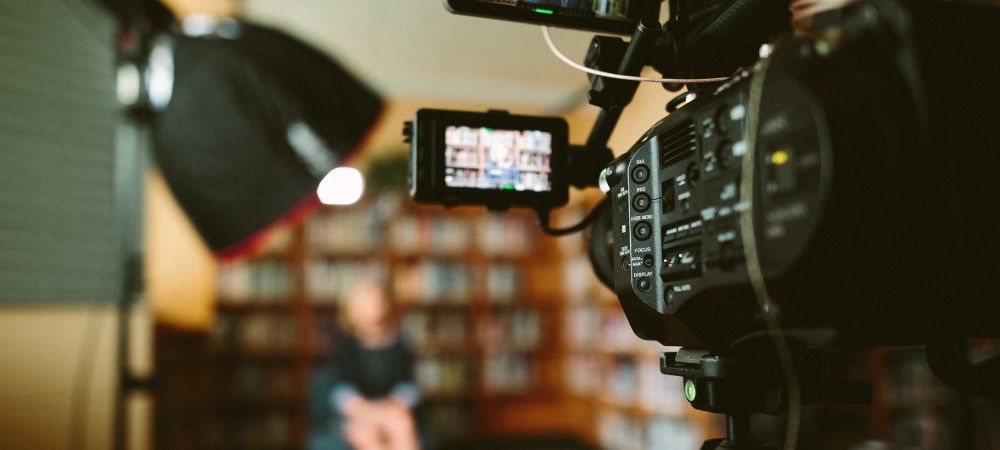

The history and evolution of millimeter-wave (mmWave) cameras is quite fascinating, though it's not without its bumps along the road. Unlike visible light cameras, which have been around for centuries, mmWave cameras are a relatively recent innovation. They ain't something you hear about every day, but their impact on various fields can't be ignored.
Obtain the scoop check this. First off, let's start with what exactly mmWave cameras are. These devices detect electromagnetic waves in the millimeter range of the spectrum - that's between microwaves and infrared radiation. It's not just another fancy gadget; these cameras can "see" through materials like fog, smoke, and even clothing to some extent. The technology's origins date back to military research in the mid-20th century when radar systems were being developed. However, it wasn't until more recent years that they found applications outside of defense.
In the beginning, mmWave camera technology was bulky and expensive. It wasn't something you'd find in your everyday life. Early adopters included researchers and specialized industries that could afford such costly equipment. Oh boy, how times have changed! We've gone from room-sized machines to handheld devices in just a couple of decades.
Now let's talk about one of the areas where these cameras really made a splash: security screening at airports. Traditional X-ray scanners couldn't quite cut it when it came to non-metallic objects or substances hidden under clothing. Enter mmWave imaging – suddenly we had a non-invasive way to screen passengers without compromising privacy too much. Not everyone was thrilled about this new tech at first; there were concerns about health effects and privacy issues.
Despite those initial hiccups, advancements continued unabatedly (not always smoothly though). Researchers worked hard on improving resolution and sensitivity while reducing costs and size. Today's mmWave cameras are sophisticated enough for use in autonomous vehicles for better navigation during poor visibility conditions or even search-and-rescue missions.
But wait! There's more! Medical science is also reaping benefits from this technology now! Imagine detecting skin cancer at an early stage without needing invasive biopsies? That's exactly where we're heading with ongoing research into medical applications of mmWave imaging.
You'd think such versatile tech would get universal acclaim right away... but nope! Adoption has been slow due to high costs associated with development and deployment initially - plus skeptics who doubted its utility beyond niche applications didn't help either!
In conclusion (if I may), while there's no denying that mmWave camera technology still faces challenges – primarily related to cost-efficiency – its trajectory shows immense promise across multiple domains ranging from security to healthcare innovations yet-to-come! So yeah... keep your eyes peeled because who knows what other surprises lie ahead as we continue exploring this exciting frontier?
When it comes to mm cameras, there are a few key features that really make them stand out. These features aren't just technical mumbo-jumbo; they actually matter in the real world. First off, let's talk about resolution. MM cameras typically offer incredibly high resolution, which means you're not going to miss any details in your photos or videos. It's like looking at the world through a magnifying glass but without any distortion.
But hey, resolution is not everything! Another important feature is low-light performance. Many mm cameras have advanced sensors that perform exceptionally well even when the lighting isn't perfect. You don't need a studio setup with professional lights to get a great shot anymore. Imagine capturing stunning images during twilight or inside dimly-lit rooms without worrying too much about grainy pictures.
Then there's autofocus speed and accuracy. Nobody wants blurry photos, right? MM cameras usually come with sophisticated autofocus systems that can lock onto subjects quickly and accurately. Whether it's a fast-moving pet or an athlete in action, these cameras won't let you down.
Let's also chat about build quality for a sec. Most mm cameras are built like tanks – they're sturdy and weather-sealed so you don't have to baby them all the time. Take 'em on rugged hikes or shoots in less-than-ideal conditions; they'll survive.
Battery life is another thing worth mentioning. While it's true that some high-end models might drain your battery faster due to their powerful features, many mm cameras offer decent battery life that's good enough for most shooting situations.
Oh! And how could I forget connectivity options? Modern mm cameras often come equipped with Wi-Fi, Bluetooth, and sometimes even NFC (Near Field Communication). Sharing your masterpieces on social media has never been easier!
Of course, no camera is perfect and mm cameras do have their drawbacks too – they're often bulky and can be quite expensive compared to other types of digital cameras. But if you're serious about photography or videography, those trade-offs might be worth it for the image quality and versatility you'll gain.
So yeah... while no single feature makes an mm camera awesome by itself-it's the combination of high resolution, excellent low-light performance, snappy autofocus, robust build quality, reasonable battery life, and modern connectivity-that truly sets them apart from the crowd.
Ah, the age-old debate between film and digital photography.. It's a topic that has stirred up quite a bit of passion among photographers over the years.

Posted by on 2024-06-28
When you're diving into the world of analog photography, it’s crucial to choose a film stock that will make your learning experience as smooth and enjoyable as possible.. For beginners, this can be quite an overwhelming decision.
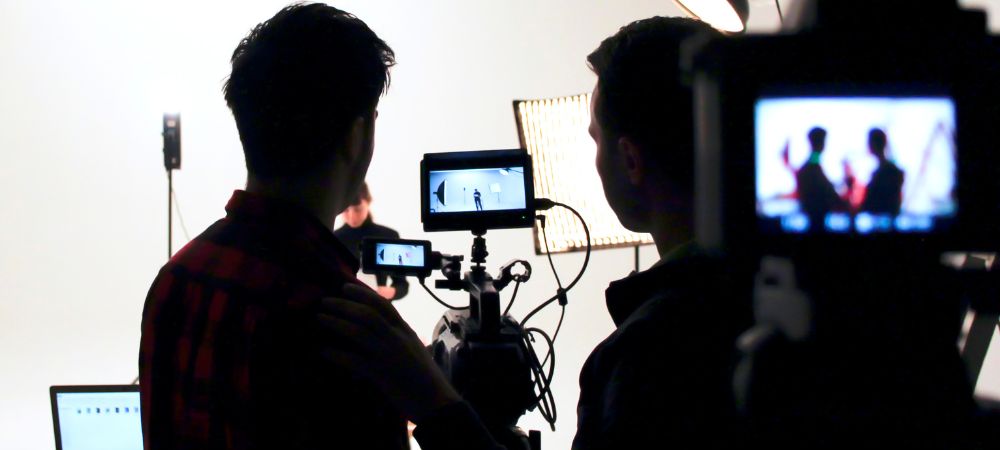
Posted by on 2024-06-28
Developing film at home can be a rewarding yet challenging experience.. It ain't as simple as pressing a button on your phone, that's for sure.
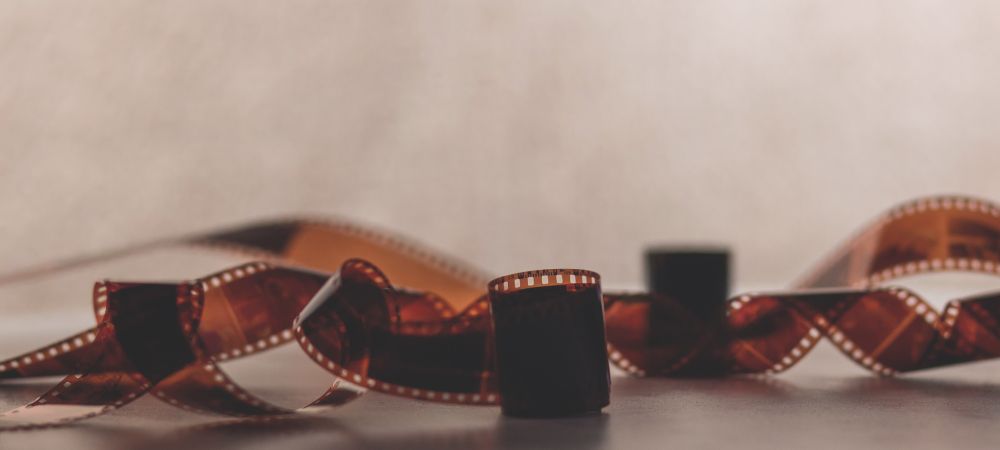
Posted by on 2024-06-28
In a world that's constantly rushing forward, there's something magical about capturing timeless beauty through the lens of film photography.. Finding inspiration in everyday moments isn't always easy, but it's definitely worth it.
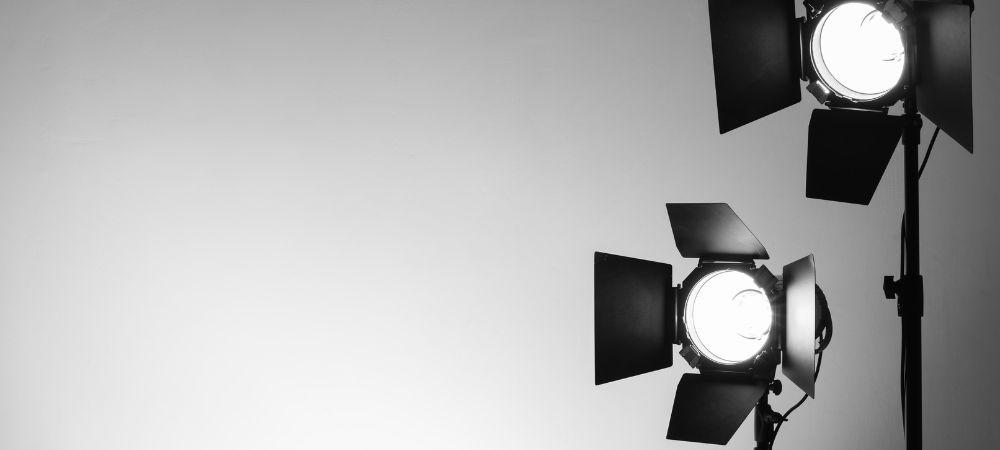
Posted by on 2024-06-28
Preserving and Archiving Your Film Photographs
Oh, film photography!. There's just something so enchanting about capturing moments on film.
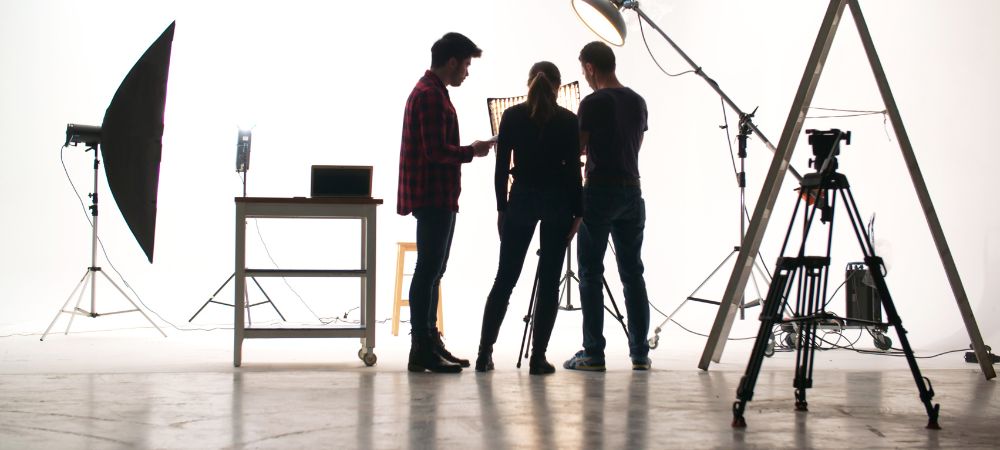
Posted by on 2024-06-28
Oh boy, where do I even start with popular brands and models of mm cameras? There's a whole bunch out there that have made quite a name for themselves over the years, so let's dive right into it.
First off, you can't talk about mm cameras without mentioning Canon. They've been in the game forever and their EOS series is just legendary. The Canon EOS 5D Mark IV, for instance, isn't something you'd ignore if you're serious about photography. It's got this full-frame sensor that makes your photos look super crisp and detailed. But hey, not everyone wants to spend that much money on a camera, right? So there's also options like the Canon EOS Rebel T7i which is more budget-friendly but still packs a punch.
Nikon's another big player in the camera world. The Nikon D850 is often touted as one of the best DSLR cameras you can get your hands on. It's got incredible resolution and dynamic range – perfect for both professionals and enthusiasts alike. If you're looking for something lighter on your wallet, then maybe check out the Nikon D5600. It ain't as fancy as the D850 but it's reliable and gets the job done.
Now let's not forget Sony! These guys are killing it with their mirrorless cameras lately. The Sony Alpha A7 III is like this all-around beast that's great for both video and photography. Seriously, people rave about its performance in low-light conditions! And then there's the Sony Alpha A6000 which is kinda old now but still very popular because it's compact yet powerful.
Fujifilm has also carved out a nice little niche for itself among photographers who love retro-styled gear. Their X-T4 model looks straight outta an old movie set but don't let its appearance fool ya – it's packed with modern features that'll blow you away! Oh, and if you're into street photography or travel vlogs or stuff like that, give Fujifilm X100V a try; it's small but mighty!
Panasonic deserves a shout-out too especially when it comes to video-centric cameras. The Panasonic Lumix GH5 has become somewhat of an industry standard among videographers due to its amazing video quality and versatility.
And last but definitely not least – we have Olympus! They might not be as huge as some other names I've mentioned here but their OM-D E-M1 Mark III is fantastic particularly if you're into sports or wildlife photography thanks to its fast autofocus system.
So yeah – that's just scratching the surface really! There're so many choices out there depending on what exactly you're looking for in terms of features & price points etcetera etcetera... It's kind of overwhelming honestly!
Anyways hope this gives you some idea about popular brands n models of mm cameras – happy clicking!
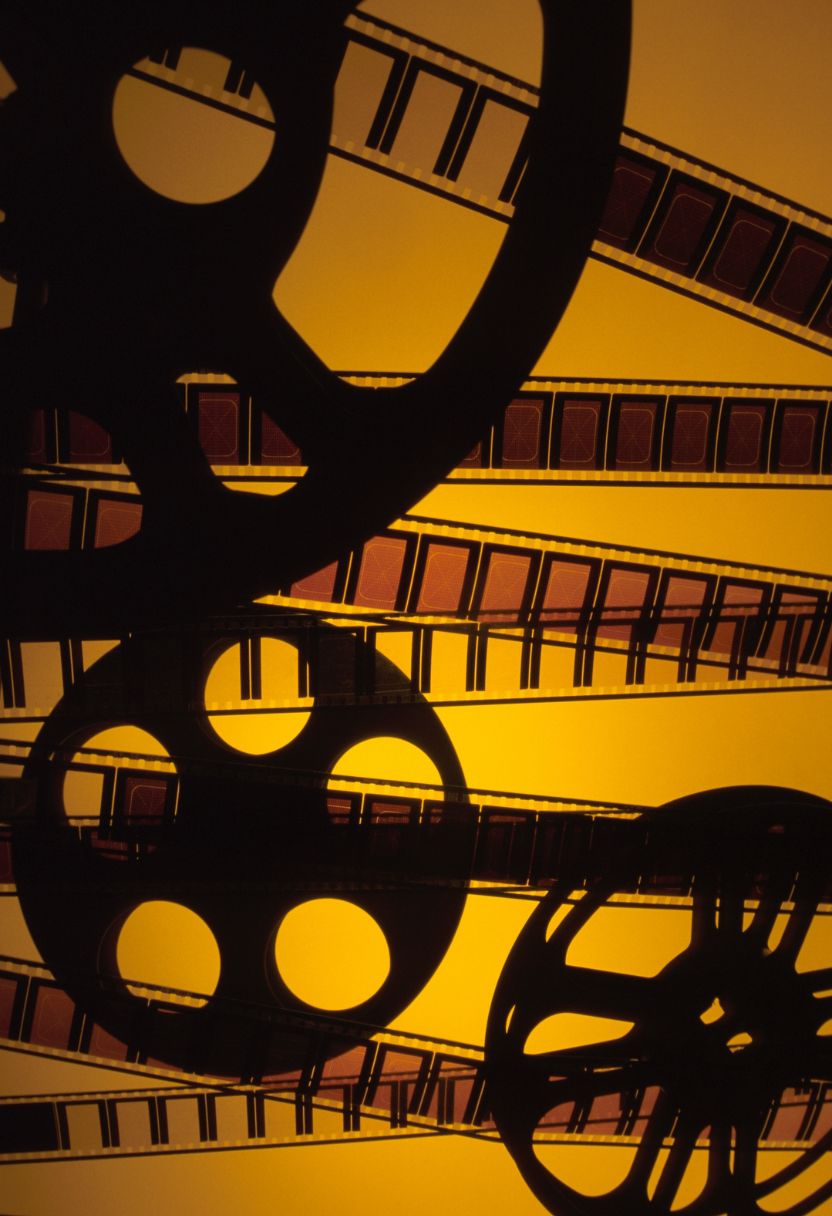
Film photography has experienced a resurgence in recent years, and with this revival, many photographers are turning to MM (medium format) cameras. Unlike their digital counterparts, these classic devices offer a unique experience that can't be replicated by any other type of camera. Let's dive into the advantages of using MM cameras for film photography – it's quite fascinating!
Firstly, one cannot ignore the superior image quality that MM cameras provide. The larger film size allows for greater detail and better resolution. It's not just about pixels; it's about capturing the essence of a scene in a way that's both vivid and nuanced. If you've ever looked at an old photograph taken with an MM camera, you'll know what I mean - there's something almost magical about it.
Then there's the dynamic range. Medium format film can capture a wider range of tones compared to 35mm or digital sensors. Highlights aren't blown out as easily, and shadows retain their depth without losing detail. This gives your photos more depth and richness – qualities that every photographer strives for.
Another advantage is the sheer joy of shooting with these cameras. There's no denying that they bring you back to basics – nothing's automatic here! You'll need to manually adjust settings like focus, aperture, and shutter speed. While this might sound cumbersome initially, it actually fosters a deeper connection between you and your subject matter. You become more mindful of each shot because you can't just snap away mindlessly.
And oh boy, let's talk about durability! These cameras were built to last - they're sturdy beasts! Many medium format models from decades ago still function perfectly today despite being tossed around over time. In comparison to modern digital cameras which can feel somewhat disposable due to rapid technological advancements making them obsolete quickly – MM cameras stand strong against time's test.
Now don't think maintenance isn't important though; taking care of such equipment requires dedication too but trust me when I say: it's worth every effort put into keeping them pristine!
Lastly but certainly not leastly (is that even word?), let's consider cost-effectiveness in long run if you're committed enthusiast who loves tangible prints rather than virtual galleries only accessible through screens - investing money upfront on good quality used medium-format gear could save big bucks eventually considering how much more affordable developing own negatives becomes collectively overtime vs constantly upgrading latest tech gadgets year after year...
In conclusion folks- while using MM Cameras may seem daunting initially due manual operation complexities plus upkeep demands involved therein– rewards gained far outweigh potential drawbacks once mastering art form itself ultimately leading richer photographic experiences overall... So why hesitate? Give ‘em go already!!
Oh boy, starting out with medium format (MM) cameras can feel like a big leap, but don't worry, I've got some tips to help you ease into it! First things first, let's not pretend that MM cameras are just oversized versions of your typical DSLR or mirrorless camera. They're different beasts altogether, and they're not always easy to tame.
So, where do we start? Well, for one thing, the size and weight of these cameras ain't nothing to scoff at. If you're used to carrying around a lightweight camera, you'll quickly notice the difference. It's kinda like switching from a bicycle to a motorcycle-there's a learning curve. Don't be discouraged if your first few shoots end up with sore arms and shaky shots; it takes time to build up those muscles!
Oh! And speaking of shaky shots...you absolutely can't get away with sloppy technique here. Medium format sensors capture an astonishing amount of detail-and any little mistake will show up crystal clear in your photos. You might think you've been holding your camera steady all this time, but MM cameras will expose every tiny tremor in your hands. A sturdy tripod is practically non-negotiable.
Now let's chat about focusing for a second. Autofocus on MM cameras isn't exactly known for its speed or reliability compared to smaller formats. Manual focus might become your new best friend-it forces you to slow down and really think about what you're doing-which is actually kind of cool when you get used to it.
Don't forget about composition either! The larger sensor gives you more room for creative framing but it's also less forgiving if you mess up the balance in your shot. Take advantage of that big beautiful viewfinder; use it like an artist would use their canvas.
And hey folks don't go crazy on ISO settings thinking they work the same as on smaller sensors-they don't! Higher ISOs can introduce noise that'll ruin those beautifully detailed images you're trying so hard to capture.
One last thing: try not becoming overwhelmed by all the technical mumbo-jumbo people throw at you when discussing MM cameras online or in forums-it's easy getting lost in it all! Remember why you picked up this type of camera in the first place: probably because you're passionate about photography and want exploring new avenues within it!
In conclusion-I guess what I'm saying is: take your time learning how each aspect works together with MM cameras before jumping into complex projects right away…oh and have fun along way too because afterall isn't that why we love photography?
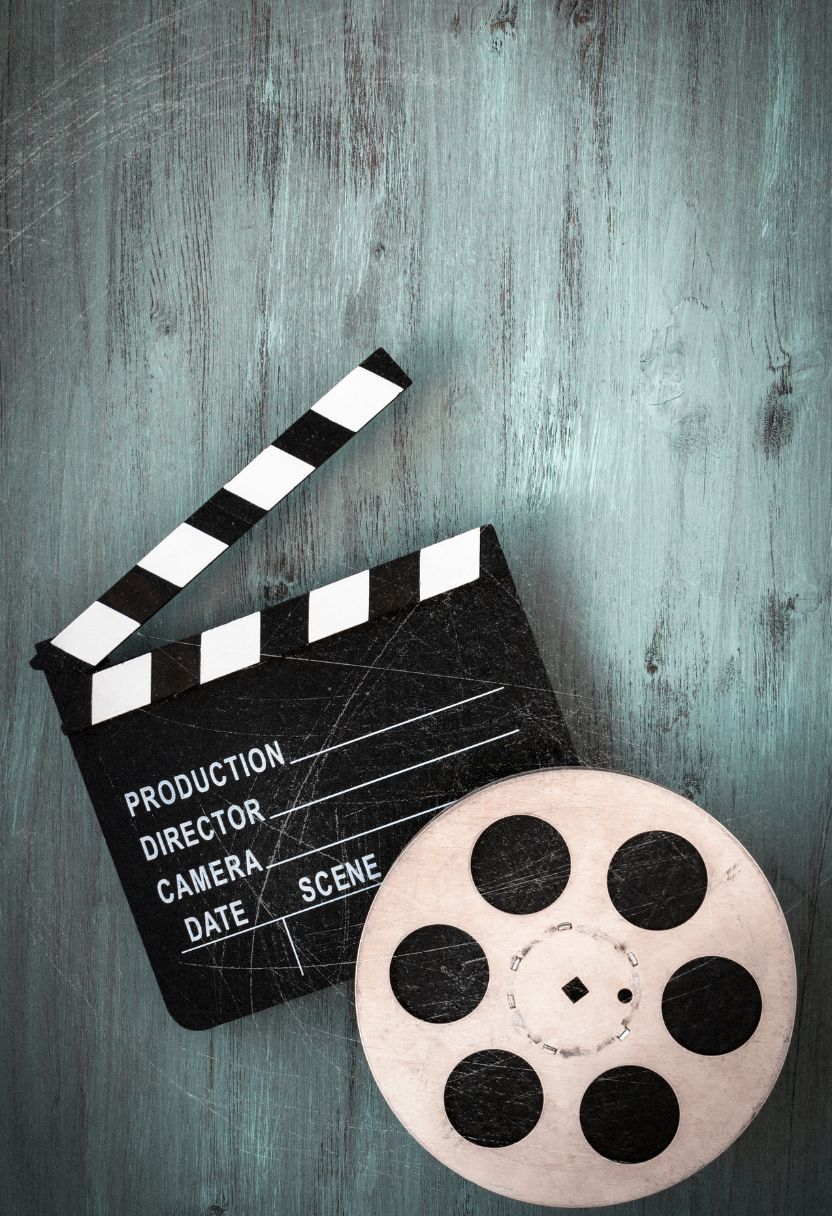
Oh, maintaining and caring for MM cameras can be quite a task, but it ain't rocket science either. These cameras, after all, are delicate pieces of equipment that need a bit of TLC to keep 'em in top shape. First things first, don't just toss your camera in any ol' bag; invest in a proper camera bag with good padding. It might seem like an unnecessary expense at first, but you'll thank yourself later.
Now, let's talk about cleaning – it's not something you wanna neglect. The lens is the eye of your camera; if it's dirty or scratched, your photos will suffer. Use a microfiber cloth to gently wipe the lens and avoid using harsh chemicals or rough materials that could cause damage. Oh! And don't forget to clean the sensor occasionally too – dust particles on the sensor can ruin your shots with annoying spots.
Batteries are another thing that require some attention. Don't let them drain completely before you recharge 'em; doing so can shorten their lifespan significantly. It's also smart to carry spares when you're out shooting because running out of battery mid-session would be quite frustrating.
Firmware updates? Ah yes, they're essential! Manufacturers often release updates that fix bugs and improve performance, so don't ignore those notifications when they pop up. Updating firmware isn't as daunting as it sounds – usually just involves downloading from the manufacturer's website and following simple instructions.
Storage might not seem critical at first glance but trust me, storing your camera properly makes a big difference over time. Avoid places with extreme temperatures or high humidity levels as these can wreak havoc on the internal components.
Also, remember not to leave memory cards inside the camera for long periods of inactivity - this small habit helps prevent potential corruption issues down the line.
And listen here: always use quality accessories like tripods or straps designed specifically for MM cameras rather than generic ones which might not fit well or provide adequate support.
In summary (without trying to sound too repetitive), taking care of an MM Camera ain't overly complicated but does require consistent effort and mindfulness towards its various aspects – from cleaning lenses regularly right down storing appropriately between uses!
So folks there you have it! By paying attention these little details ensure your beloved MM Camera stays reliable companion capturing beautiful memories years come by!